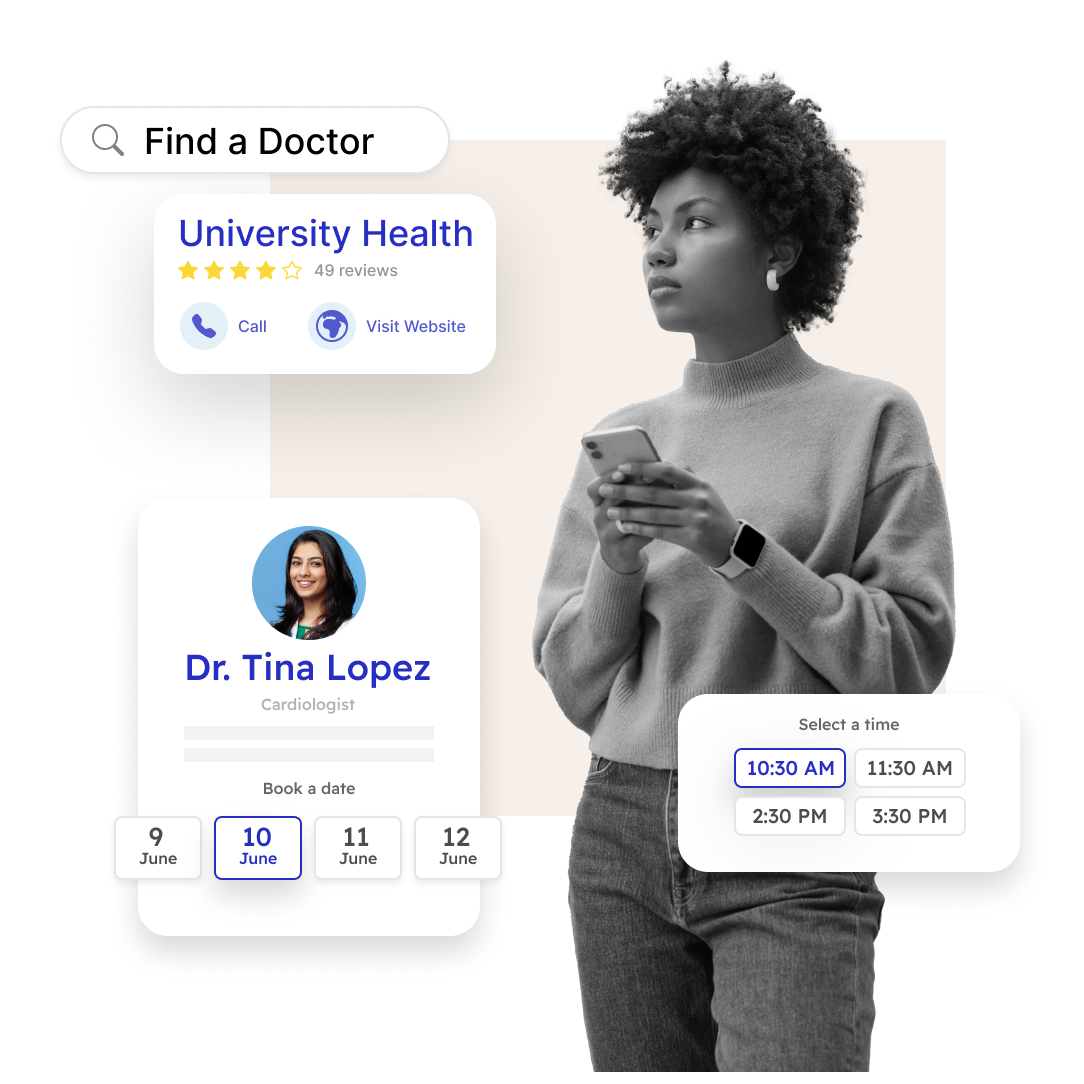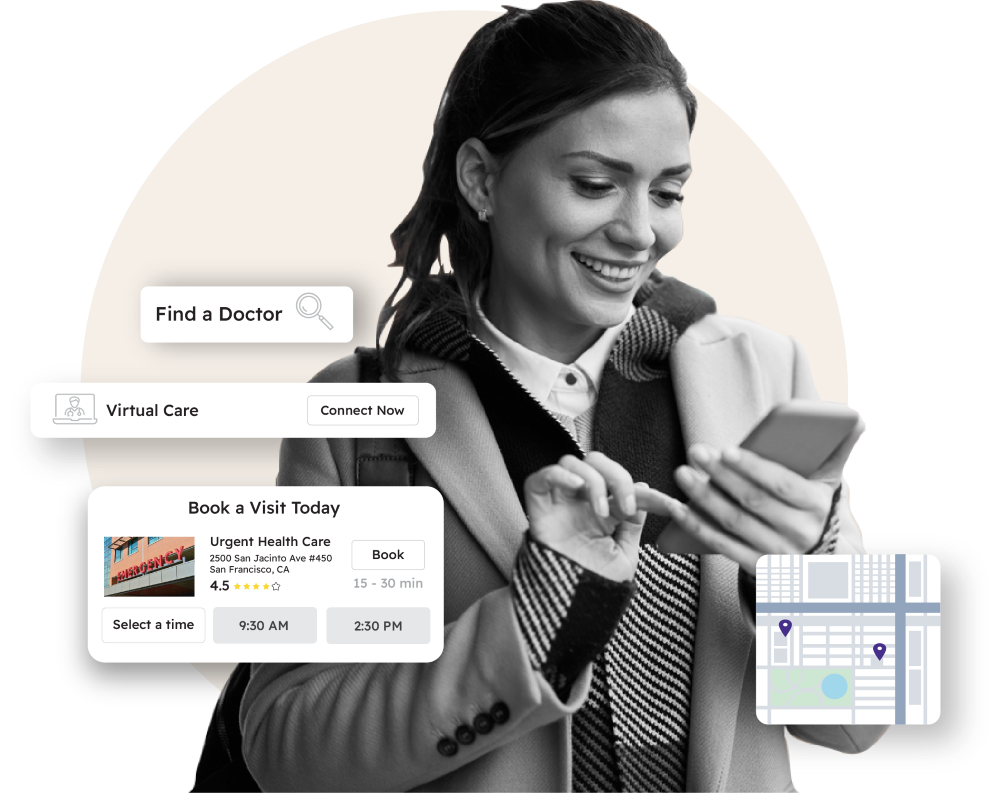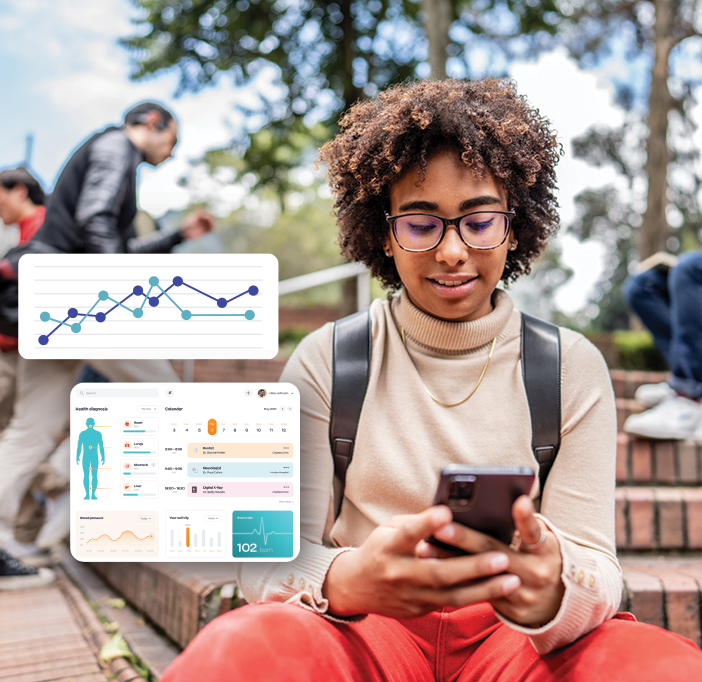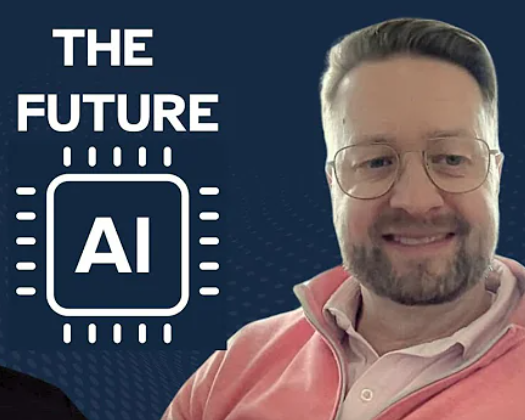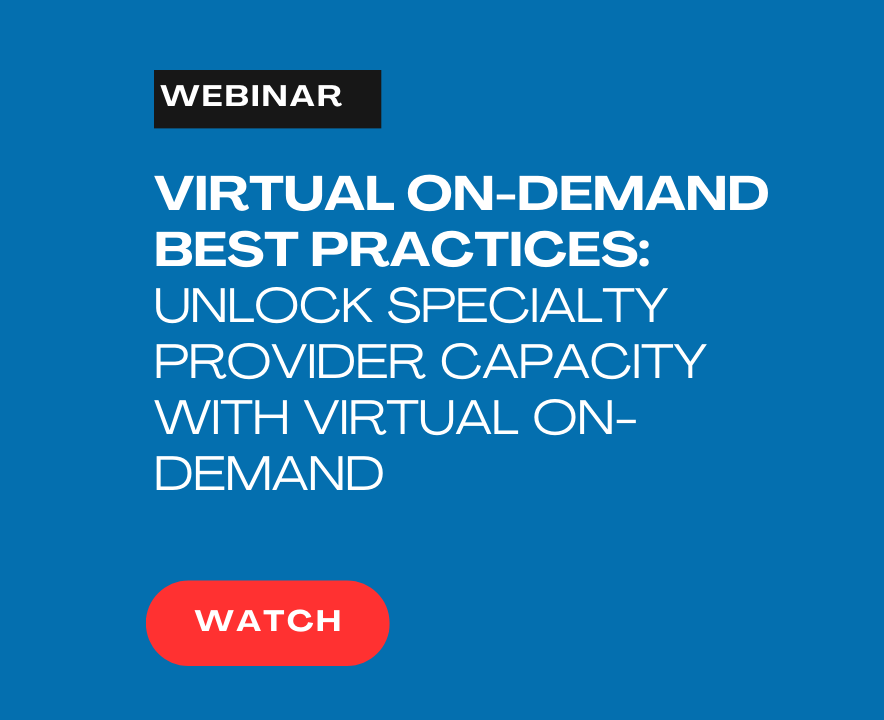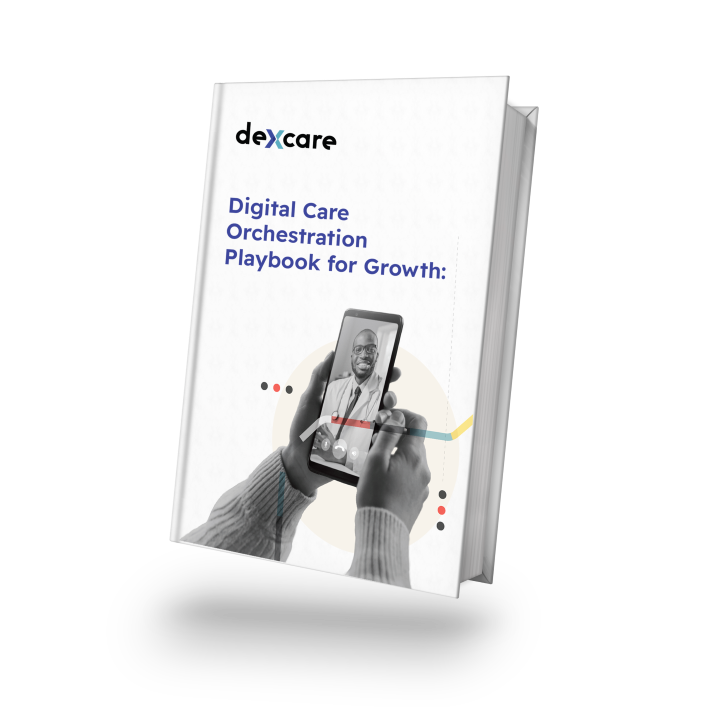Embracing Patient-First Access at Health Evolution Summit 2024
Key Takeaways from Brass Tacks Discussion at HES 2024
Patients today split their care among 4-5 different provider networks each year. And the arrival of alternative care models – think Amazon, the growth of home care services and convenient retail options – will only intensify this pattern. As we move toward an era of more consumer choice, health systems must think differently about the patient relationship and embrace imaginative delivery models. What lies ahead – and how health systems can thrive in a future ripe with disruption – is what the “Brass Tacks” panel at this year’s Health Evolution Summit explored.
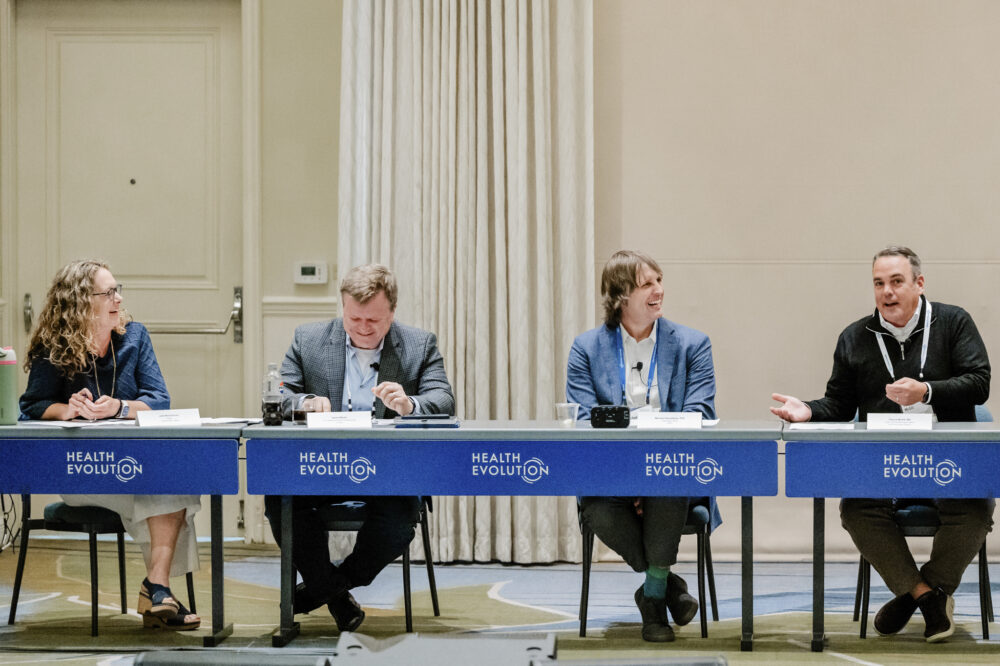
Hosted by DexCare, the panel, entitled Embracing Patient-First Access, was moderated by Transformation Capital’s Julie Murchinson, and featured Dr. Michael Hasselberg, chief digital health officer at University of Rochester Medical Center; Dr. Patrick McGill, EVP, chief transformation officer at Community Health Network; and Aaron Martin, vice president of healthcare at Amazon.
The following is a summary of themes and notable takeaways from the discussion.
Retailers: Competitors or allies?
The future of primary care may rely on partnerships, as health systems can learn a lot about consumer experience from diverse companies, like Amazon, Walgreens, and Google. That said, while there are cracks in our current system, emphasis should be placed on local knowledge, the patient-provider relationship and finding innovative ways to build community. As the panel suggests: Collaboration is favored over disruption. It’s a matter of identifying strengths and weaknesses and filling the gaps through partnership.
- Dr. Hasselberg: “I do think the future of healthcare is partnerships. And there is a lot that the University of Rochester as a traditional incumbent health system can learn from Amazon, Walmart, Dollar General, CVS, you name it, in this space, because healthcare is broken in this country and the experience of getting care within an incumbent health system is not the experience that all of us are seeking. That said, however, I still think healthcare is local. And there’s things that a health system knows about the community and partnerships in the community and coordinating care.”
- Dr. McGill: “We all win when we can all partner together and understand who’s got strengths and weaknesses and how do we fill those gaps. It shouldn’t be about disrupting. It should be about partnering.”
Are we thinking about ROI in the right way?
On one side, returns should be measured by tangible, real-world value. But is that approach too rigid, especially as health systems adopt a more “fail fast” mentality, as forging new opportunities requires time and investment. Additionally, ROI from transformation initiatives may show up in a different department separate from the point of origin. And as the panel gets into, ROI models can differ at academic institutions, by the goals set by leadership and by the level of appetite to innovate into the marketplace.
- Dr. Hasselberg on multidimensional ROI: “Being a large academic health system, we’re also very mission driven, and so for us, the ROI doesn’t have to be a financial ROI. We have diversity, inclusion, and equity missions, and sometimes what we do is to meet that return on investment.”
- Dr. McGill on assessing the impact of investments: “We don’t fail fast in healthcare. And so, we have to have the courage to say, that’s not working, we either need to pivot or shut it down. And I think that comes from leadership, it comes from structure, it comes from kind of our mental model of how we go.”
How does telehealth fit into the care ecosystem?
The ease and accessibility of telehealth is undeniable. But how does virtual fit into the mix? Recognizing the importance, the panel explored hybrid applications of virtual to expand access into rural communities, and as a technology to accommodate generational divides.
- Dr. Hasselberg on the need to increase telehealth access in rural communities: “We needed to start thinking about how we create telehealth access points out in these rural communities where we could start engaging these patients in video visits.”
- Dr. McGill on generational differences in care access preferences: “[For] younger people that are healthier that need their annual exam, [or] maybe they have an acute issue, Amazon Prime is perfect, but if you have four, five, six, seven comorbidities and you’re taking 10-15 medications, that’s very hard to treat virtually in an online platform. So, you’re going to see this kind of bimodal where younger people adopt virtual and older, more chronic diseases, still want that in person or some hybrid.”
- Aaron Martin on the next Medicare generation: “The people right now who are on the verge [of Medicare age], they’re technologically adopted. [Because of this] there is going to be this huge wave of people who are going to demand better technological access. They are not going to forget when they hit Medicare that they like using video and things being delivered to their door.”
While the demand for care grows, workforce resources are declining. How can health systems better balance their supply with demand?
The panel emphasized leveraging data intelligence to pinpoint unused capacity as a key area for improvement. By connecting and analyzing data in real time, health systems can better identify opportunities to optimize capacity and to connect patients more efficiently. And if we consider the parallels of the travel industry, recognizing the perishable nature of underutilized resources is a major step in rethinking how care is orchestrated and delivered.
- Dr. McGill on leveraging data intelligence to balance supply and demand: “If you look at it from a supply and demand equation, oftentimes you have capacity in your clinics and it’s just the mismatch of getting those patients connected. That’s one thing that we really tried to address, and it started with data. We built some dashboards and data to really show where the opportunities, where unused capacity was going.”
- Aaron Martin on unused healthcare capacity: “In the travel industry, they think about seat capacity in the exact same way…every single time that flight takes off and it’s not fully utilized, it’s perishable.”
A candid conversation, DexCare wants to thank the entire panel for the striking insights and for illuminating opportunities to challenge convention, to adapt, and to grow.

